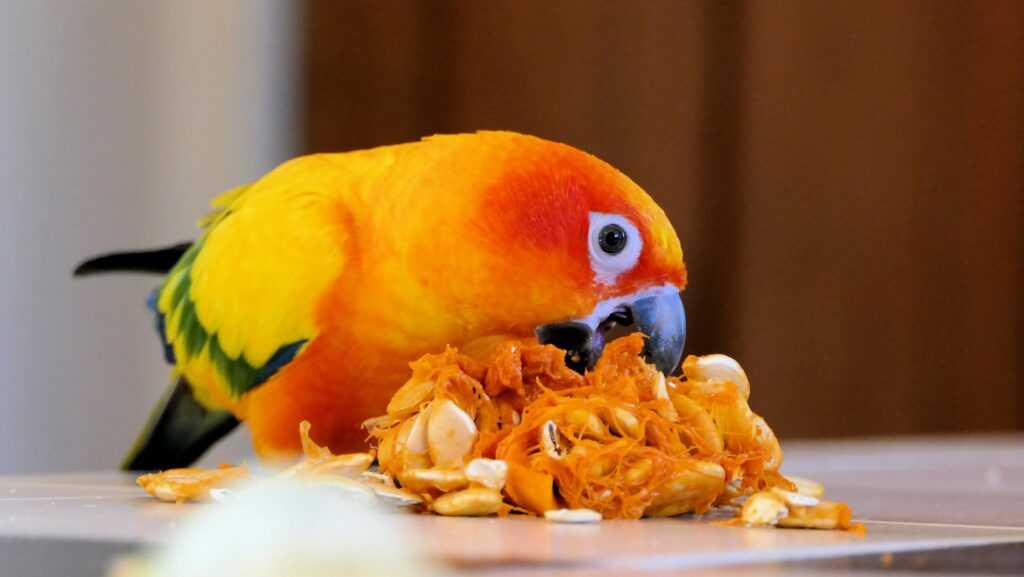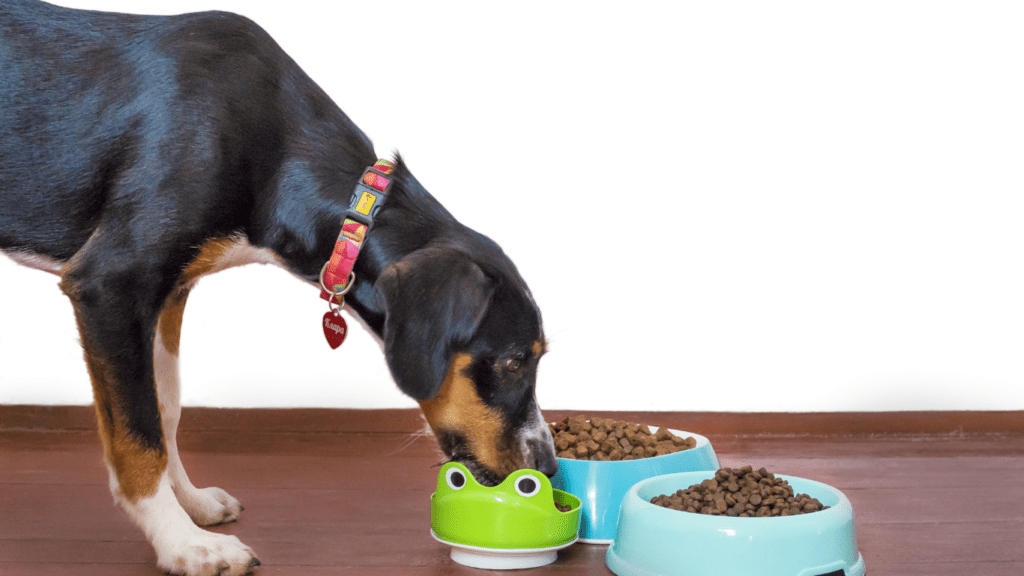Why Nutritional Balance Matters
Feeding your pet isn’t just about keeping their bowl full. A balanced diet can mean the difference between a sluggish, unhealthy animal and one that’s full of life, immune to common illnesses, and likely to stick around for years longer. Good nutrition boosts energy, supports immune function, and keeps everything from fur to brain function running smoothly.
On the flip side, poor diets are behind a long list of problems obesity, floppy coats, joint pain, and even behavioral shifts. It’s not always just about quantity it’s quality. Too many fillers, artificial ingredients, or the wrong nutrient ratios can quietly chip away at your pet’s health.
And species matter. What works for your Labrador could be wrong for your tabby or your cockatiel. Even within the same species, breed and age change the equation. The point is simple: no one size fits all bowl. When it comes to feeding pets, balance isn’t a bonus it’s the baseline.
Dogs: More Than Just Meat
Protein matters a lot. It fuels muscle repair, supports immune function, and gives dogs the energy to chase balls or nudge you awake at sunrise. But here’s the thing: a pile of chicken isn’t a complete diet. Dogs also need carbs and fats to round things out.
Healthy carbohydrates like sweet potatoes, brown rice, and oats provide long lasting energy and fiber. Fats from fish oil, flaxseed, or chicken fat support joint health, coat quality, and hormone production. Portioning those macronutrients right is key too much fat or starch, and you’re looking at unnecessary weight gain or digestive issues.
As for vitamins? Don’t overlook them. Vitamin A helps vision, D supports calcium absorption, E protects cells, and calcium is critical for bones and nerve signaling. Commercial dog food usually covers the basics, but homemade meals require real planning to avoid gaps or excesses.
Biggest hazards? Overfeeding tops the list. A treat here and a table scrap there adds up fast and some human foods can be downright toxic. Onions, garlic, chocolate, grapes these are no go zones. Even seemingly harmless things, like too much cheese or bread, can spark long term issues.
The smartest move? Build a diet around your dog’s breed, age, and size. A growing Lab puppy and a 9 year old Chihuahua don’t need the same fuel. For a more tailored approach, check out our full guide on how to tailor your pet’s diet.
Cats: Obligate Carnivores Need Meat First Meals

Cats aren’t just picky they’re physiologically built to eat meat. Unlike dogs, cats are obligate carnivores. They need nutrients that only animal tissue provides. One of the most critical is taurine. Without it, cats can suffer heart problems, vision loss, and even death. Problem is, taurine doesn’t naturally exist in plants, so plant based cat foods are a gamble most vets won’t support.
Let’s talk types of food. Dry kibble is convenient, but often lower in moisture and can lead to dehydration or urinary issues, especially if the cat doesn’t drink much water on its own (spoiler: most don’t). Wet food helps with moisture and often packs more protein. Raw feeding can offer optimal nutrition but needs careful handling contamination is a risk, and balance is tricky without expert guidance.
Beyond taurine, cats depend on arachidonic acid (a fatty acid found in animal fats), vitamin A (they can’t convert it from plants like humans can), and a range of B vitamins to keep muscles, skin, and nerves functioning properly.
Worried about hydration? Offer multiple bowls around the house, try cat fountains, and lean toward wet food if your cat ignores its water dish. Environmental factors matter, too. Indoor cats tend to need fewer calories than outdoor ones, but still require full nutrient density. Tailoring feeding to your cat’s lifestyle helps avoid weight issues and nutritional gaps. Here’s a quick tool to help with that: tailor your pet’s diet.
In short: cats need meat. Not quinoa, not sweet potatoes, not lentils. If you’re feeding a cat, feed it like a cat.
Birds: Nutrition Often Overlooked
Feeding birds isn’t just about tossing in a handful of seeds. Seeds alone especially sunflower or millet are high in fat and low in key nutrients. Over time, a seed only diet can lead to obesity, liver issues, and serious vitamin deficiencies, particularly in vitamin A and calcium.
A healthy bird diet needs variety. Pellets should be the base. Reputable pellet blends are formulated to meet birds’ daily nutritional requirements. On top of that, mix in chopped fresh fruits, leafy greens, and grains like quinoa or brown rice. Rotate the produce often to keep things interesting and balanced.
Different species need different nutrition levels. Parrots usually need more complex meals with fruits, vegetables, and some nuts. Canaries and finches thrive on grains, seed mixes that include fortified options, and soft foods like egg based mash during molt.
Clean, fresh water is non negotiable and should be changed daily. Don’t forget about calcium cutting up leafy greens helps, but cuttlebones are a classic, simple go to. Mineral blocks or calcium supplements can also help if your vet recommends them.
Bottom line: a varied diet keeps your bird healthier, happier, and more likely to sing or talk another day.
Keeping it Realistic (and Affordable)
Reading pet food labels isn’t thrilling but it’s essential. Start with the ingredient list. Look for real, named proteins (like “chicken” or “salmon”) high up top. Avoid vague language like “meat meal” or “animal by product.” Check for AAFCO approval; it’s a simple marker that the food meets expected nutritional standards. Ingredients are listed by weight, so the first few matter most. Also keep an eye on added vitamins/minerals, not just fillers like corn or wheat.
Switching diets? Take it slow. Sneak in small amounts of the new food over 7 10 days while reducing the old one. Abrupt changes can upset your pet’s digestion. Diarrhea, vomiting, or sudden appetite loss are red flags if you spot them, pause and consult your vet.
When should you loop in a pro? If your pet has ongoing issues skin problems, weight swings, low energy it’s time. Also worthwhile if you’re thinking about homemade or raw feeding. Vets or certified pet nutritionists bring clarity where Google just adds noise.
Premium kibble isn’t always king. Store brands have stepped up. Look for brands that list full formulas online, avoid artificial preservatives, and have third party testing. Also: Don’t sleep on local pet shops. They often carry high quality, affordable options that big box stores skip.
Food impacts behavior, health, and lifespan. What you put in the bowl matters so get curious, read everything, and don’t be afraid to ask questions.
Final Take
One size fits all doesn’t work when it comes to pet nutrition. A senior indoor cat doesn’t need the same fuel as a young border collie, and a cockatiel’s meal plan is a different world from a finch’s. Every pet brings their own biology, habits, and quirks to the table and what goes in their bowl matters more than most people think.
The truth is, small changes can create big results. Swapping out filler heavy kibble for a more balanced blend can mean fewer vet trips down the road. Watching portion sizes, adjusting for your pet’s activity level, or adding missing nutrients these are the tweaks that compound over time into better health, energy, and even behavior.
Guesswork’s a gamble. The smarter move is to personalize their diet on purpose. If you’re serious about helping your pet thrive, take the time to tailor your pet’s diet with real data, a plan, and professional insight when needed. They rely on us to do it right and they’re worth the effort.




